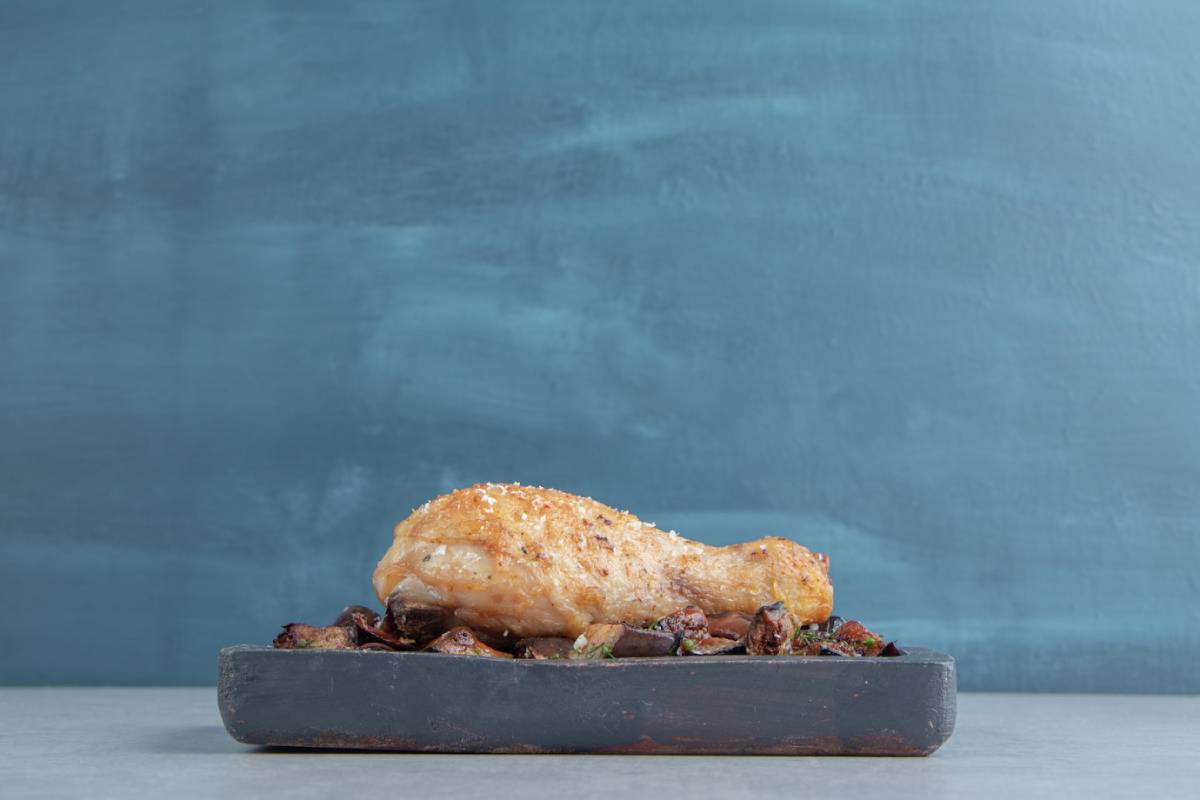
Grain-Free Dog Food Recipes for Sensitive Stomachs
Does your dog have an upset tummy after eating kibble? Or maybe they scratch more than usual, and you suspect a food sensitivity? You’re not alone. Many dogs suffer from food-related allergies, and grains are a common culprit. You can take charge with easy, grain-free dog food recipes. These are perfect for dogs with sensitive stomachs.
In this guide, you’ll discover helpful tips, tasty recipes, and expert advice on making homemade hypoallergenic dog food. If your dog has bloating, itchy skin, or irregular stools, a grain-free diet could help.
Why Go Grain-Free?
Understanding Dog Food Allergies

Dogs can develop allergies or intolerances to a wide range of ingredients. Grains such as wheat, corn, and soy are among the most common irritants.
These ingredients may lead to:
- Chronic ear infections
- Excessive licking or scratching
- Digestive issues like diarrhoea or vomiting
- Skin inflammation or hair loss
While not every dog needs a grain-free diet, those with sensitivities may benefit significantly.
The Role of a Grain-Free Diet
Taking out grains can help your dog’s digestion. It may lower inflammation and boost nutrient absorption. Many dog owners notice improvements within weeks:
- Firmer stools
- Shinier coat
- Less itching
- More energy
But it’s important to replace grains with nutritious alternatives to avoid deficiencies.
Key Ingredients in Homemade Hypoallergenic Dog Food
Creating dog food at home means you get complete control over what your dog eats. The key is using whole, digestible ingredients that offer complete nutrition.
Ideal Protein Sources

Choose lean, novel proteins that are easy on the stomach:
- Turkey
- Duck
- Venison
- Salmon
- Lamb
These are less likely to trigger allergic reactions, especially if your dog hasn’t been exposed to them before.
Nutrient-Rich Vegetables
Vegetables are excellent grain substitutes and provide essential fibre, vitamins, and minerals:
- Sweet potatoes
- Pumpkin
- Carrots
- Green beans
- Peas
Cooked thoroughly, these are easy for dogs to digest.
Healthy Fats
Good fats support your dog’s coat, joints, and brain function:
- Coconut oil
- Fish oil
- Flaxseed oil
- Chicken fat (if tolerated)
Supplements to Consider
To ensure complete and balanced nutrition, you may need to add:
- Calcium (from eggshell powder or a vet-approved supplement)
- Omega-3 (from salmon oil or chia seeds)
- Multivitamin blends made for dogs
Always consult your vet before adding supplements.
Grain-Free Dog Food Recipes to Try at Home
Below are three easy and well-balanced dog food for allergies recipes that are gentle on the tummy yet full of flavour and nutrition.
1. Turkey and Sweet Potato Stew
Perfect for dogs with poultry sensitivities or chronic upset stomachs.
Ingredients:
- 500g ground turkey
- 1 cup sweet potato, diced
- 1/2 cup peas
- 1/2 cup carrots, finely chopped
- 1 tbsp coconut oil
- 1/2 tsp ground turmeric (anti-inflammatory)
Method:
- Heat coconut oil in a large pot over medium heat.
- Add ground turkey and cook until browned.
- Stir in sweet potato, peas, carrots, and turmeric.
- Add 2 cups of water and simmer for 25-30 minutes until veggies are soft.
- Cool before serving. Store in fridge up to 4 days.
2. Salmon and Pumpkin Mash
Ideal for itchy dogs or those with skin allergies.
Ingredients:
- 2 fillets of cooked, boneless salmon
- 1 cup pumpkin puree (plain, not spiced)
- 1/2 cup green beans, chopped
- 1 tbsp flaxseed oil
- 1/2 tsp crushed eggshell (for calcium)
Method:
- Mix salmon, pumpkin, and green beans in a large bowl.
- Add flaxseed oil and crushed eggshell.
- Mash everything together until soft.
- Serve slightly warm. Store leftovers in the fridge for up to 3 days.
3. Lamb and Carrot Bowl
A novel protein meal that suits dogs with sensitive digestion.
Ingredients:
- 500g ground lamb
- 1/2 cup carrots, grated
- 1/2 cup courgette, chopped
- 1 tbsp olive oil
- 1/4 cup bone broth (low sodium)
Method:
- In a skillet, cook the lamb over medium heat until fully browned.
- Add veggies, olive oil, and broth.
- Cook for another 15 minutes until the vegetables soften.
- Cool before serving.
Feeding Tips and Safety Guidelines
Start Slow
Transition your dog gradually to avoid stomach upset. Begin by mixing a small portion of the new food with their current food and increasing the ratio over 7–10 days.
Portion Control
Homemade food is denser and richer than many commercial brands. Keep an eye on portions and adjust based on your dog’s size, age, and activity level.
Regular Vet Checks
Even with healthy recipes, it’s crucial to get your dog’s bloodwork and weight checked regularly. A vet or canine nutritionist can help you fine-tune recipes to your dog’s needs.
Store and Serve Safely
- Store cooked meals in airtight containers in the fridge for up to 4 days
- Freeze portions for up to a month
- Reheat gently before serving — never serve piping hot food
Giving Your Dog the Best

Feeding your dog a grain-free diet tailored to their sensitivities can be a game-changer. Homemade hypoallergenic dog food helps with allergies, skin issues, or digestive problems. It lets you nourish your dog in a natural and loving way.
The best part? You don’t have to be a chef to make it work. A bit of planning, some basic ingredients, and your dog’s wagging tail are all the motivation you need.
Ready to try it out? Start with one of the recipes above and see how your dog responds. Have questions or a recipe of your own? Leave a comment below or share your experience. Your pup deserves the best, and you’re already on the right track.
If you found this guide helpful, please share it with fellow dog lovers. Don’t forget to subscribe for more homemade dog food tips and allergy-friendly recipes!


